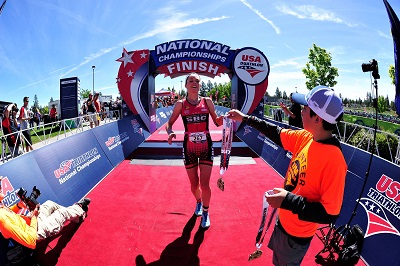It’s a rare event that doesn’t rely on some kind of volunteer support.
They’re the backbone of any non-profit, along with a surprising number of giant races and multi-million dollar festivals.
Volunteer help is important, but are you getting the people you need? To make sure you are, you need to lay out information clearly for your volunteers.
Make sure you’re open and upfront about what will be expected of your volunteers. Have people sign up for jobs like distributing race packets or checking IDs at the beer tent. A generic “volunteer” option means they don’t know what to expect, and you don’t know what their skills and interests are. That’s a good way to squander talented individuals or end up with an overload of people with similar interests in the same area.
Write up a description for each position, with general information on what is expected. This will make it easy for potential volunteers to find the right fit and stay busy. It also provides a good starting point for super volunteers who may be able to go above and beyond what you’re asking.
How many times have you visited a website, then went elsewhere because it wanted you to create an account? Sending someone from your website to their email account for verification is inviting huge dropoffs in users. No one wants to remember another password or enter a bunch of information that isn’t relevant to your event. Does your half-marathon really to know the maiden name of everyone’s mother?
Keep it simple and volunteers will come pouring down the funnel.
If they start thinking “Do I really need to do this?” you’re already losing them.
Don’t make anyone dig for information. Have everything a volunteer might need to know in a central place. Where should they park? Put it on the volunteer page. Where should they check in? Put it on the volunteer page. What should they wear? Who should they get in touch with if they can’t make it? Put it… you get the idea.
Put yourself in their shoes and ask yourself what you would want to know before waking up on event day. It may feel like second nature to you, but you’ve been planning the event for months. The easier you can make the process for them, the more likely they’ll be to volunteer again.
For more tips and tricks on how to keep your volunteers happy and create a pleasant nonprofit culture, check out this article on how Your Nonprofit Culture Can Be Ruined by These 3 Common Traps.
 Meet Caroline Robinson, Event Services Coordinator at USA Triathlon. She helps USAT produce events that range from 900 to over 5,000 athletes – and she works with thousands of volunteers throughout this process in cities across the country.
Meet Caroline Robinson, Event Services Coordinator at USA Triathlon. She helps USAT produce events that range from 900 to over 5,000 athletes – and she works with thousands of volunteers throughout this process in cities across the country. go out and do that. Have the face-to-face contact, speak to a college class for ten minutes.” She cautioned, “Don’t be afraid to go out into the community to speak with these people.”
go out and do that. Have the face-to-face contact, speak to a college class for ten minutes.” She cautioned, “Don’t be afraid to go out into the community to speak with these people.” For Robinson, it’s as simple as saying, ‘we’re looking for volunteers, here’s the date, here’s the link’ – and she likes to begin her outreach with certified Coaches, Race Directors and other officials who aren’t working the event.
For Robinson, it’s as simple as saying, ‘we’re looking for volunteers, here’s the date, here’s the link’ – and she likes to begin her outreach with certified Coaches, Race Directors and other officials who aren’t working the event.